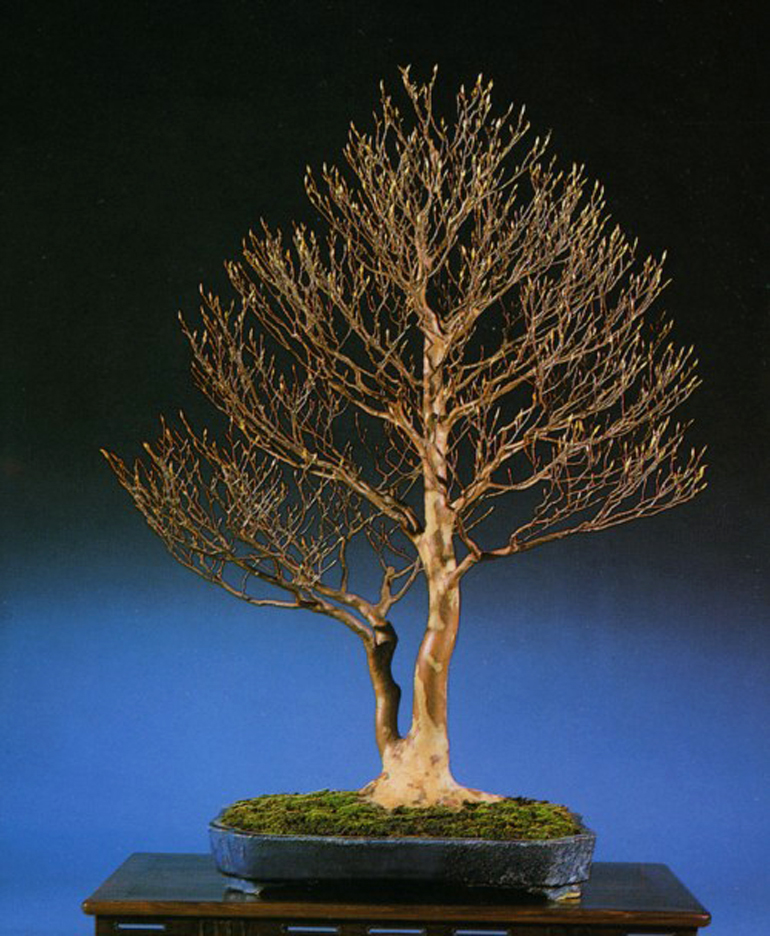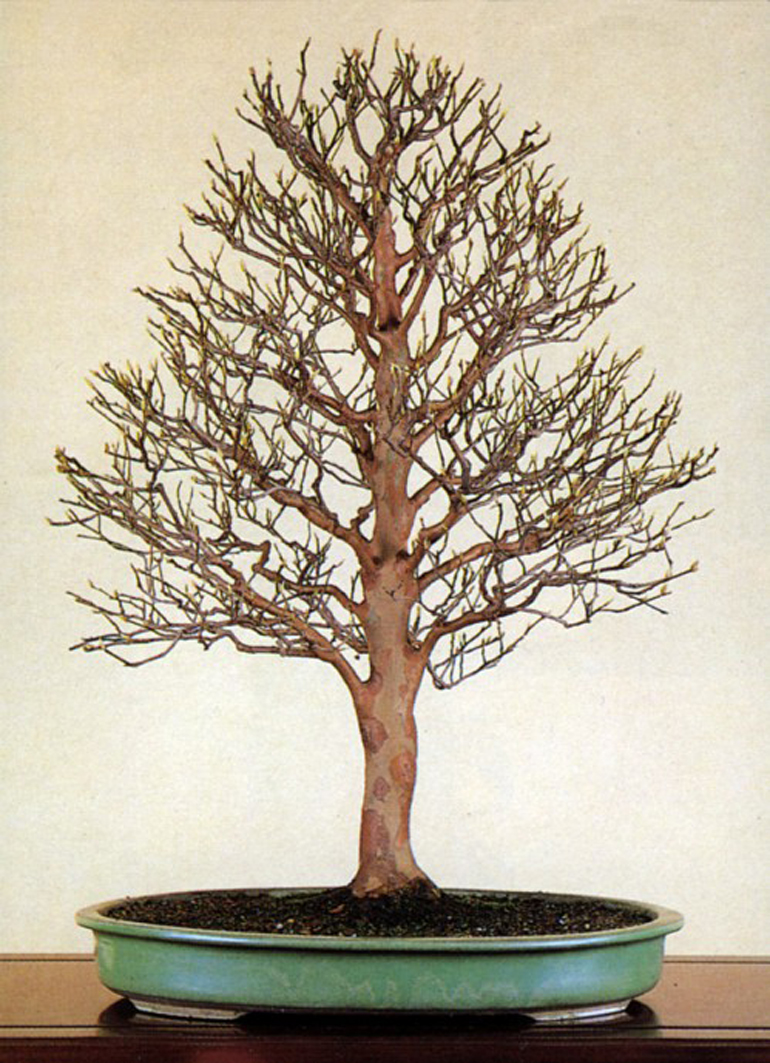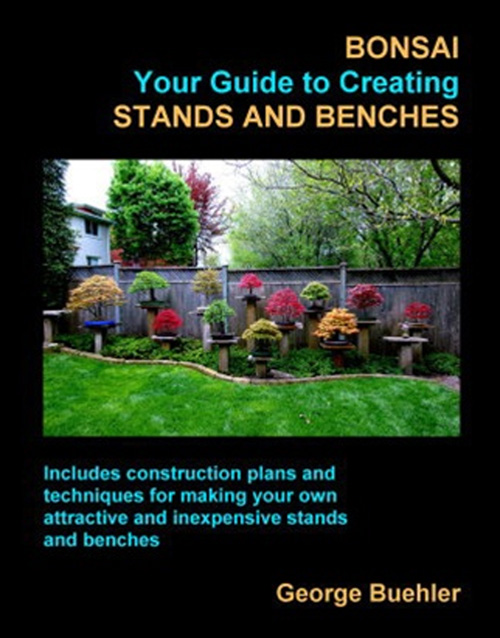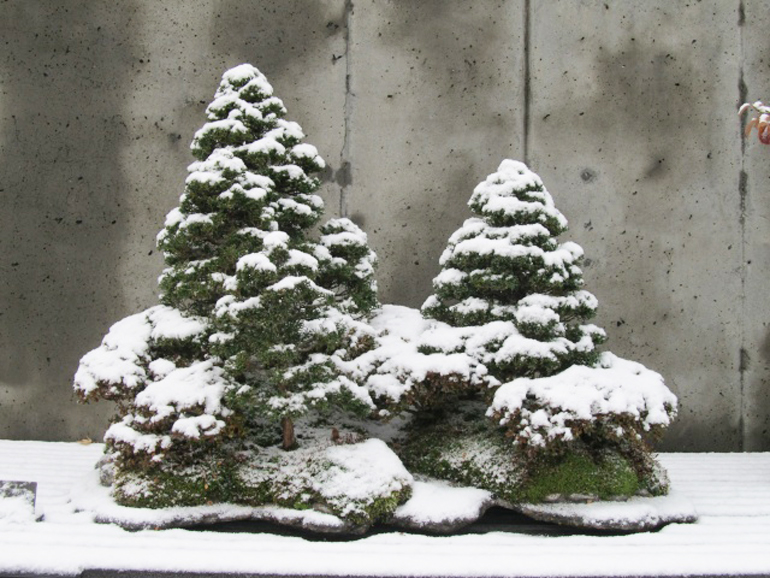 Roan Mountain landscape. We’ve shown this luscious planting before, but not when it looks like this. It resides at the North Carolina Arboretum. The photo was put up on the Internet Bonsai Club forum by Arthur Joura. The caption reads “This planting is one of a small handful in our bonsai collection that consists entirely of plant material that can tolerate the extremes of winter, and so it remains on the bench, on display in the Bonsai Exhibition Garden all through the year.” The statement ‘can tolerate the extremes of winter’ makes sense if you live someplace like North Carolina, but not if you live someplace like Vermont (the spruce might do okay in a very well protected outdoor location here, but, barring a rare winter-long deep snow blanket, the Rukizon azaleas would be hard pressed to survive).
Roan Mountain landscape. We’ve shown this luscious planting before, but not when it looks like this. It resides at the North Carolina Arboretum. The photo was put up on the Internet Bonsai Club forum by Arthur Joura. The caption reads “This planting is one of a small handful in our bonsai collection that consists entirely of plant material that can tolerate the extremes of winter, and so it remains on the bench, on display in the Bonsai Exhibition Garden all through the year.” The statement ‘can tolerate the extremes of winter’ makes sense if you live someplace like North Carolina, but not if you live someplace like Vermont (the spruce might do okay in a very well protected outdoor location here, but, barring a rare winter-long deep snow blanket, the Rukizon azaleas would be hard pressed to survive).
Thanks to a tip from Elandan Gardens, I recently came across an Evergreen Gardenworks’ article by Andy Walsh that was adapted from an Internet Bonsai Club post. It’s titled ‘Freeze Damage in Woody Plants’ and if you are interested in digging into plant physiology, you might find it interesting. Or even enlightening. Or maybe plant physiology isn’t your cup of tea. If this is the case, I hope you enjoy the photos.
We’ll just show you the beginning of the article and encourage you to visit Evergreen Gardenworks for the rest.
Freeze Damage in Woody Plants
by Andy Walsh
Evergreen Gardenworks’ Introduction
This article is adapted from an Internet Bonsai Club post. In it, Andy discusses the physical and chemical changes involved when plant stems and roots freeze. This kind of information is crucial to constructing cold weather protection for many areas of the country. Some slight editing has been done to make it more readable in this context.
The Three Stages of Freezing
First off, several times here writers have stated that their trees are frozen in the winter and survive. It’s clear to me that there is great misunderstanding around what some people think when they say a plant is frozen. If a plant truly freezes it dies. The formation of ice within the cells of a plant is invariably fatal. What I think many people see in winter is the soil of their trees frozen and they equate this with the plant being frozen. This is not the case.
From my readings, there are basically three stages of freezing that can be observed with, and have significance to, a Bonsai:
The freezing of the water in the Bonsai’s soil.
The freezing of “inter”-cellular water in the plant’s tissues.
The freezing of “intra”-cellular water in the plant’s tissues.
Here’s your link to the rest of the article.

John Naka’s famous Goshin, fully adorned. The Needle junipers are plenty hardy in Washington DC where the tree resides (U.S. National Bonsai & Penjing Museum).
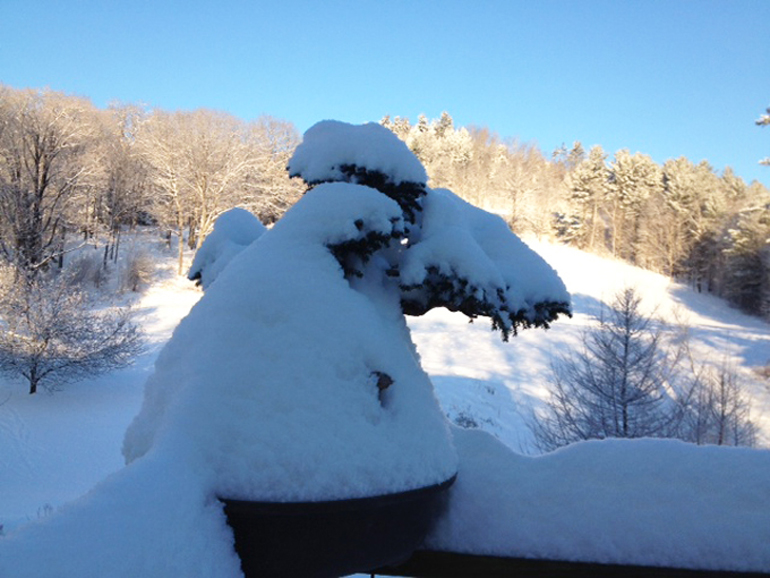
You can leave hardy bonsai out in the open here in northern Vermont for quite a while, but sooner or later they’ll need some serious protection.
 Roan Mountain landscape again. Fortunately, winter will end someday.
Roan Mountain landscape again. Fortunately, winter will end someday.
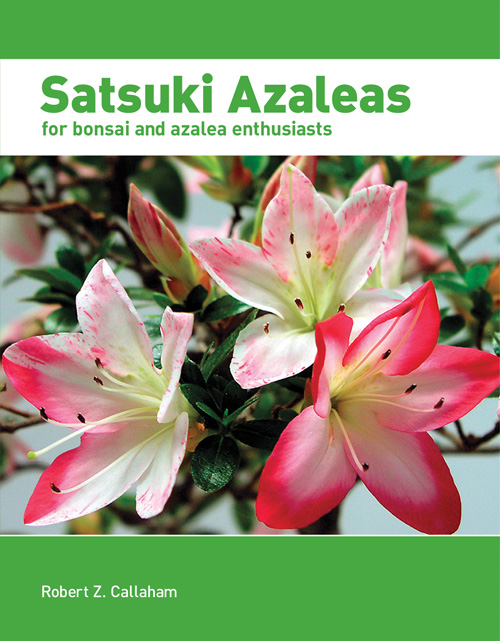 Speaking of Azaleas (the little flowering trees in the planting just above), this excellent definitive Satsuki Azalea book, along with our vast selection of other books, is now 20% off (along with Free Shipping on all U.S. orders of 25.00 or more).
Speaking of Azaleas (the little flowering trees in the planting just above), this excellent definitive Satsuki Azalea book, along with our vast selection of other books, is now 20% off (along with Free Shipping on all U.S. orders of 25.00 or more).
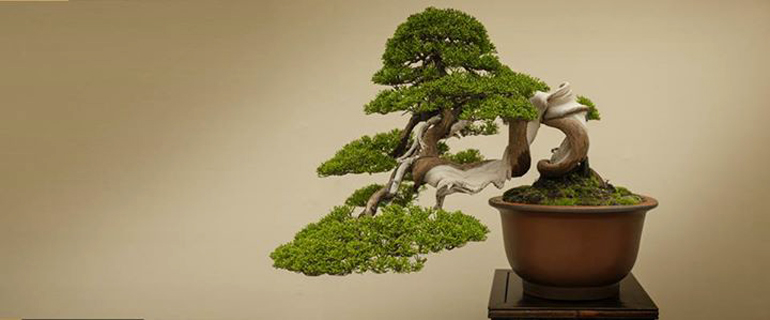
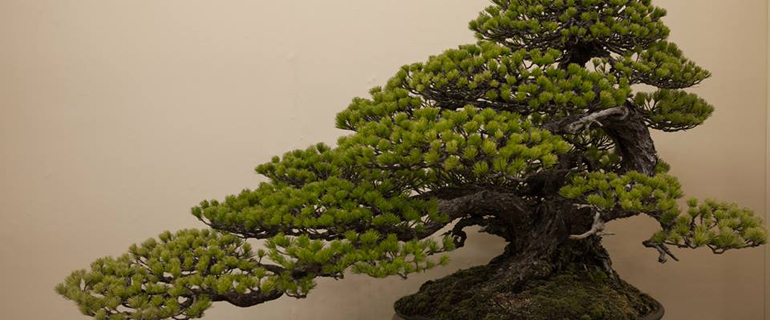
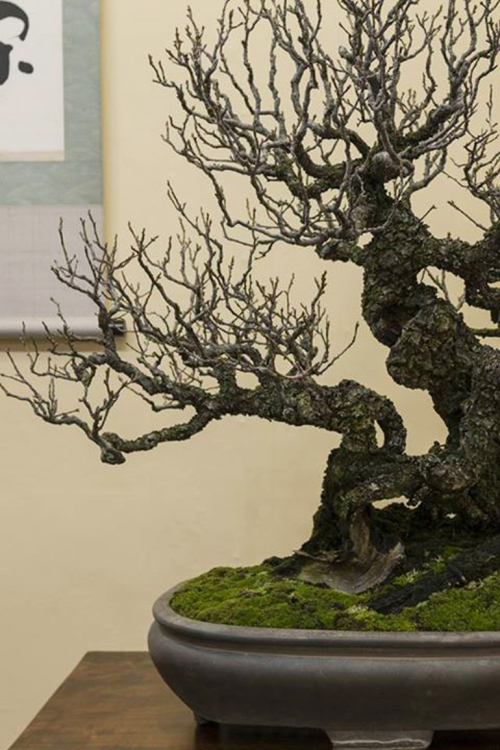


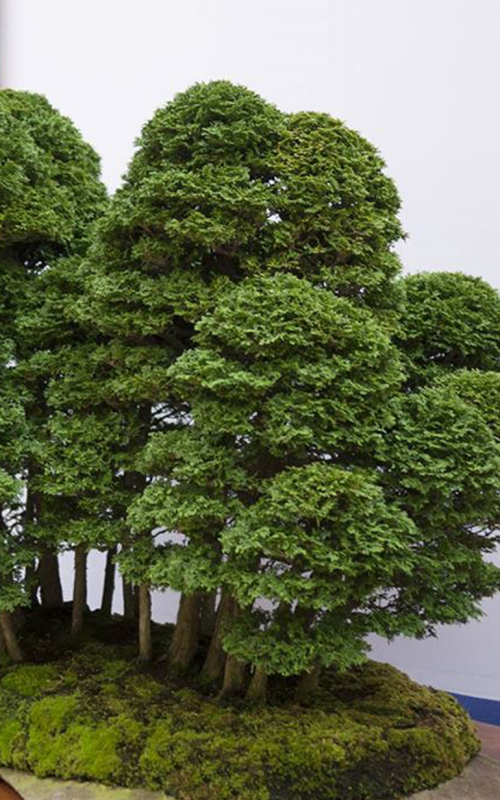
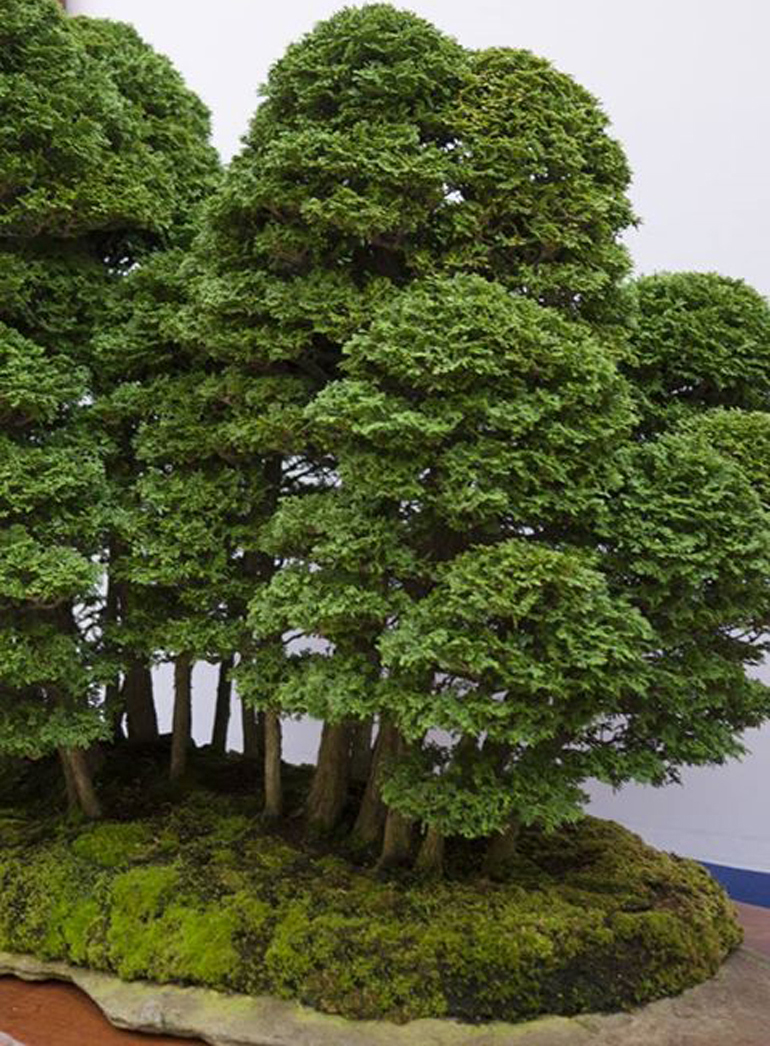
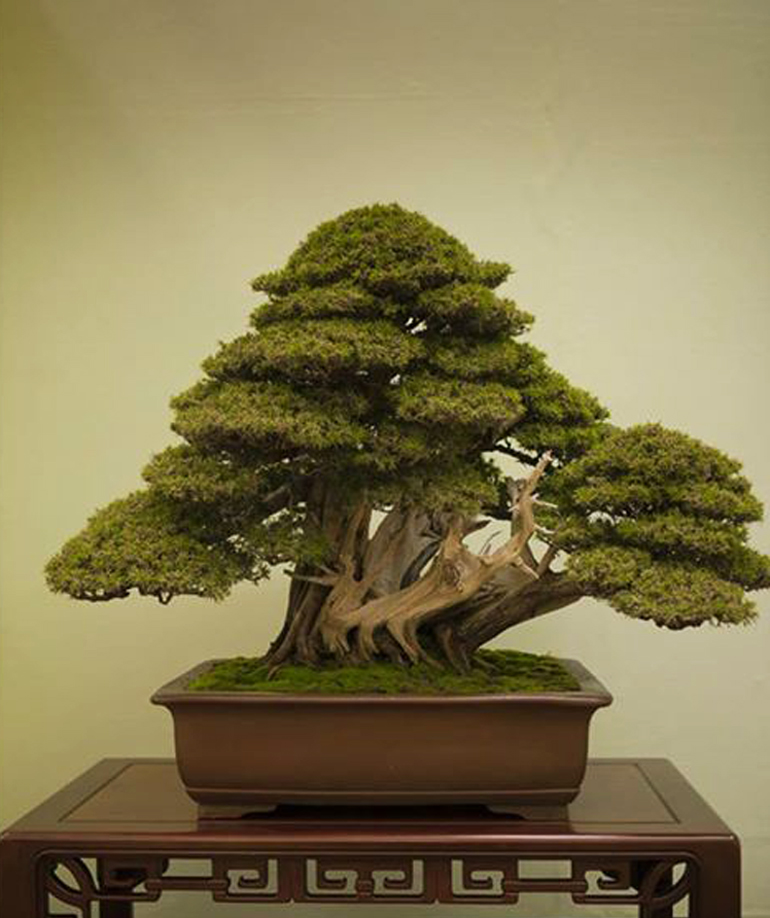
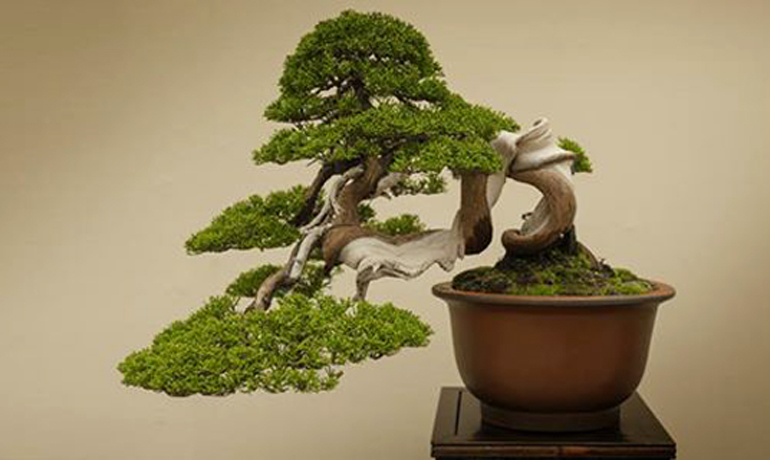








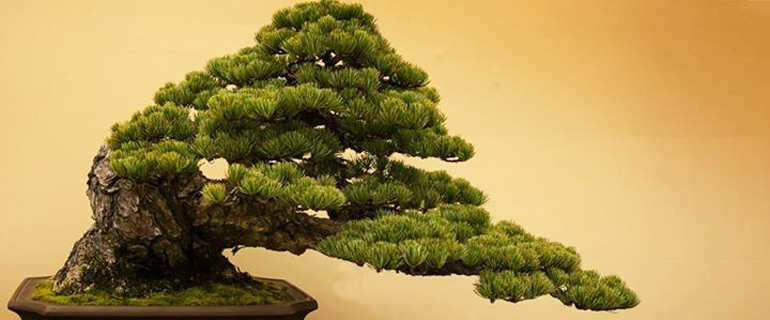


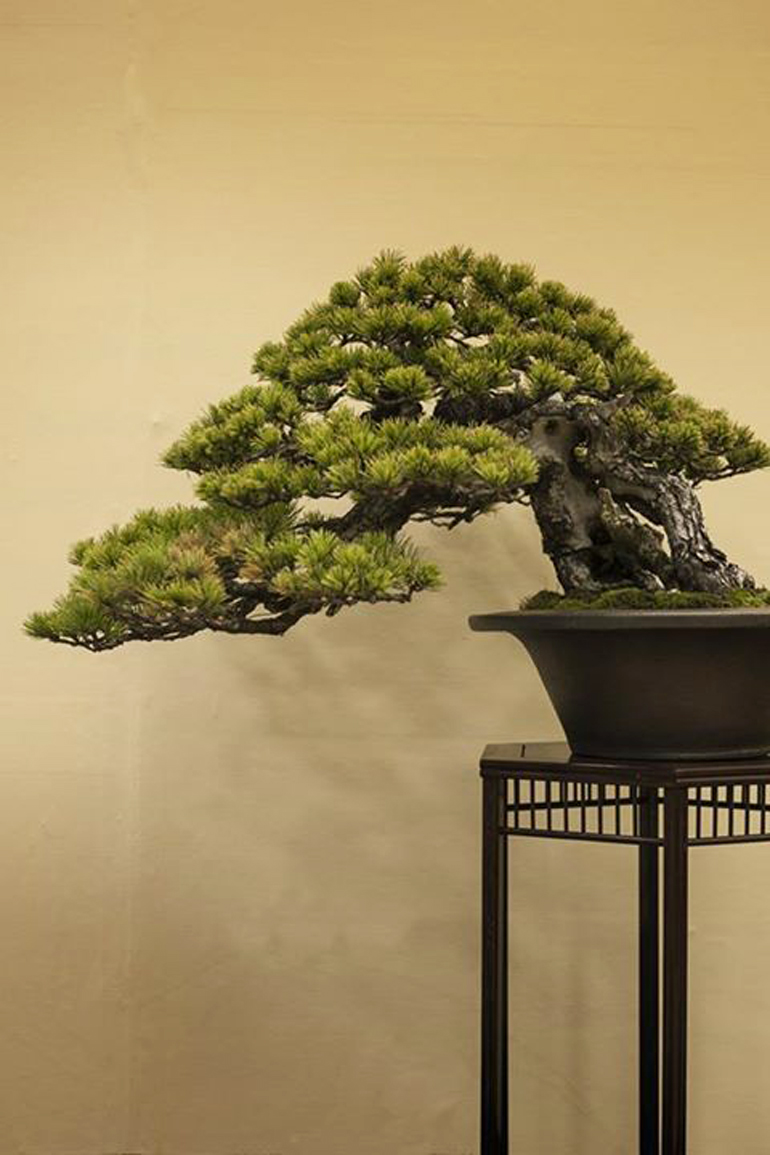
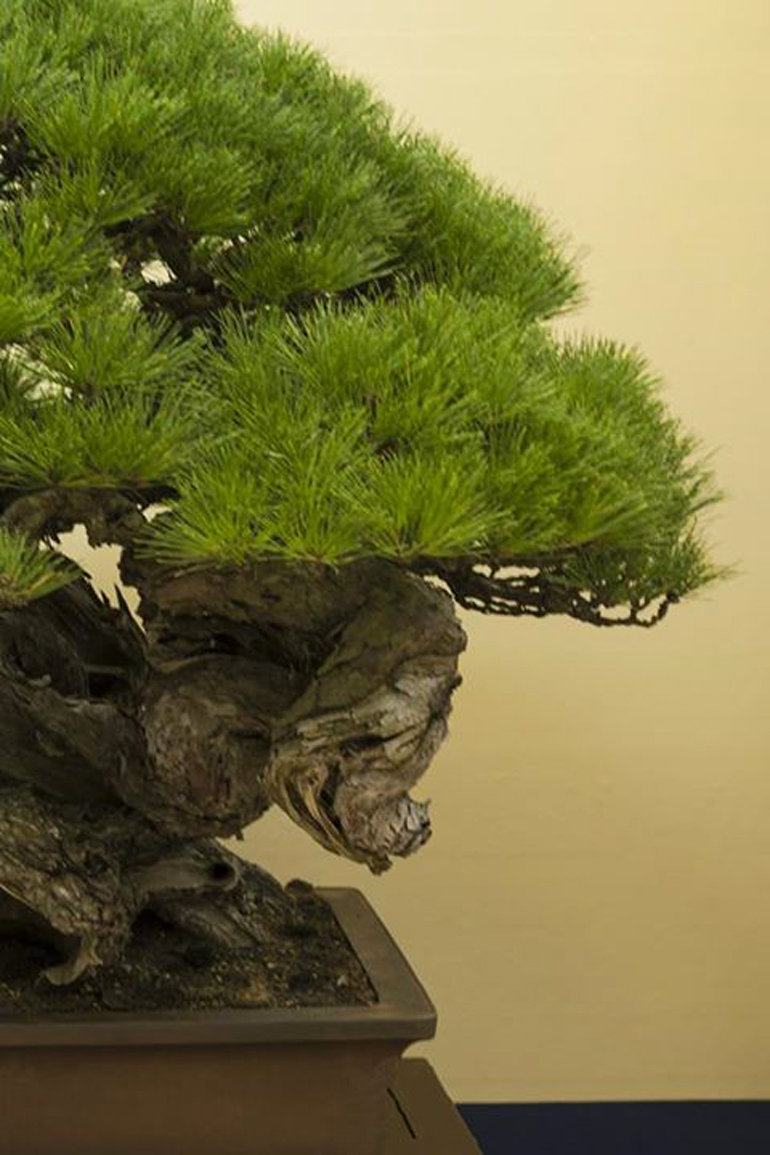
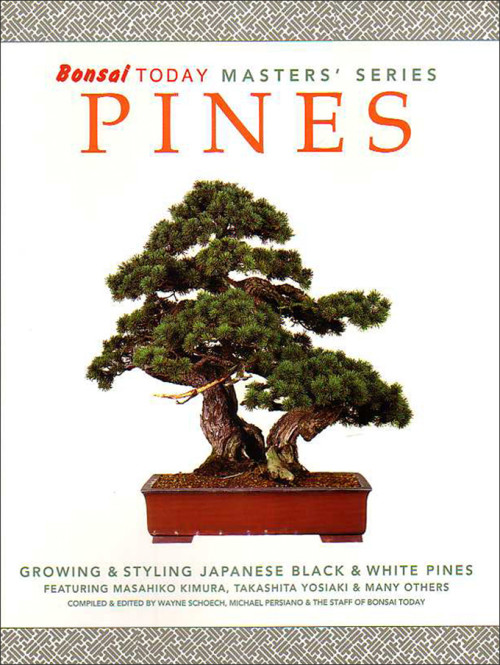
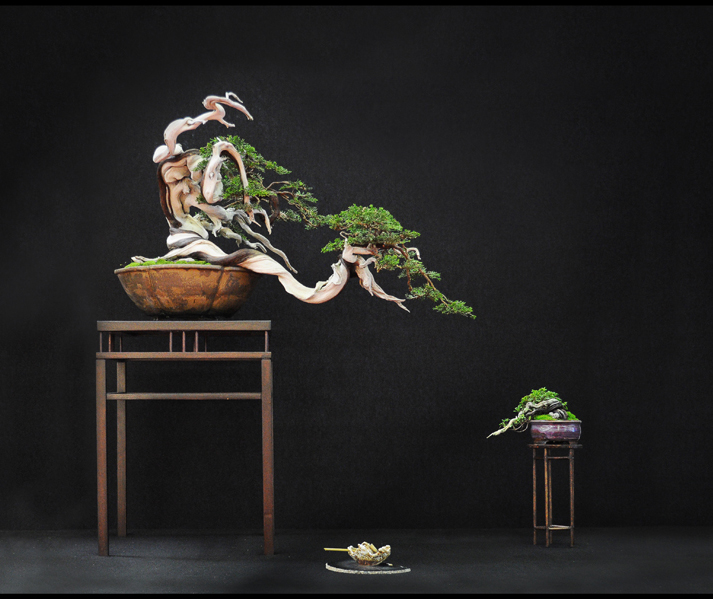 Same tree, better photo. The original caption from
Same tree, better photo. The original caption from 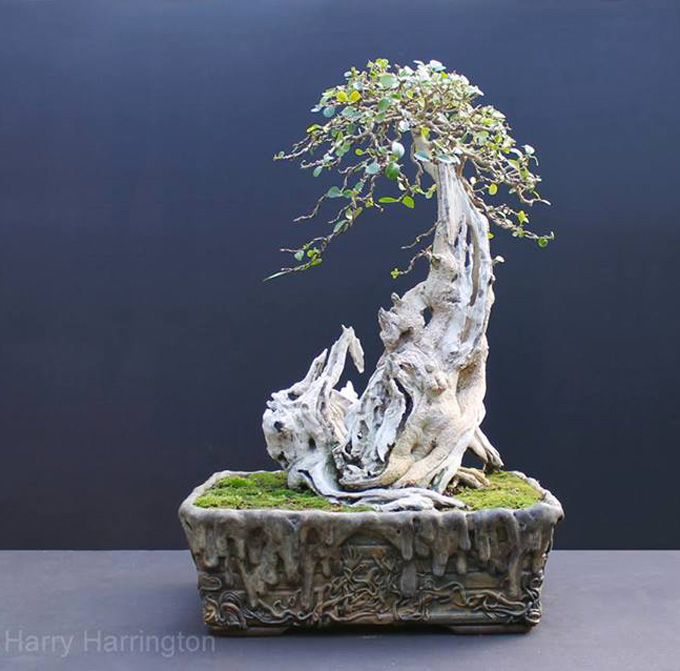
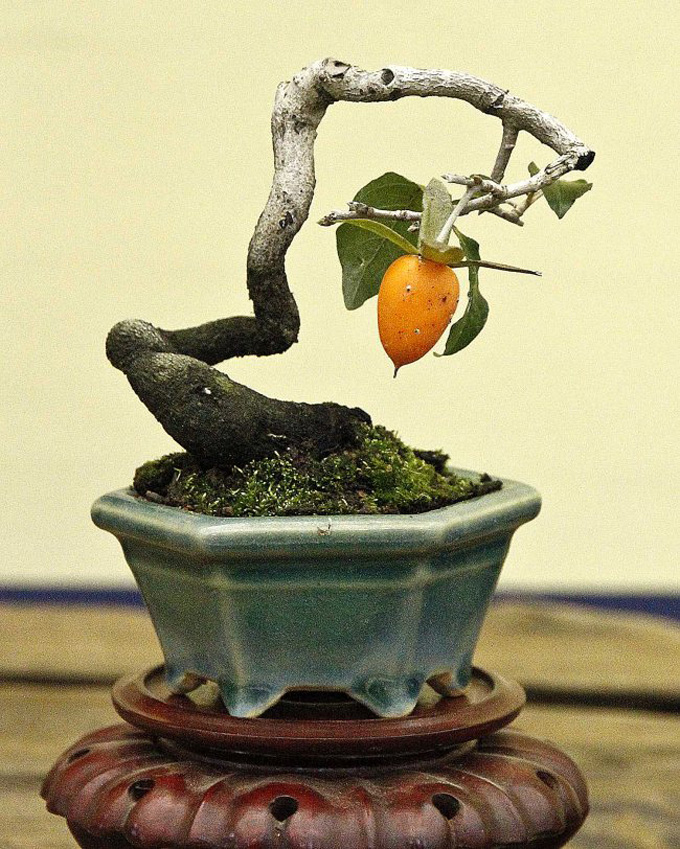
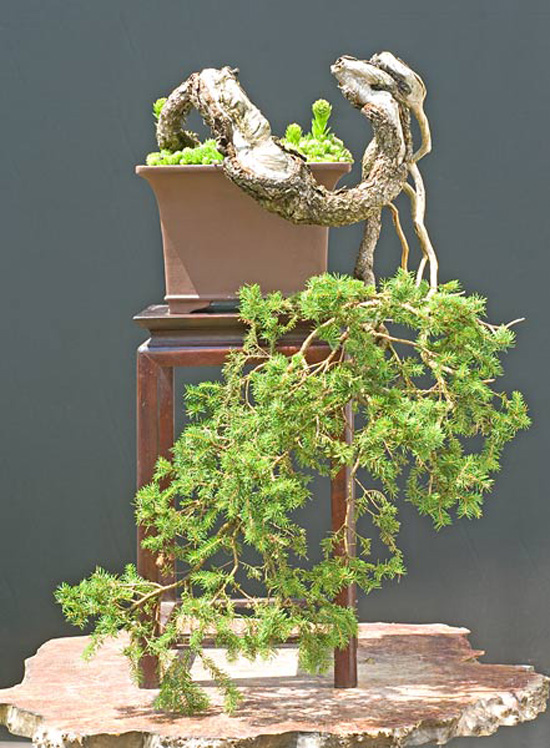
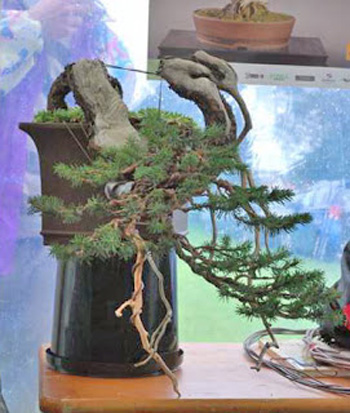

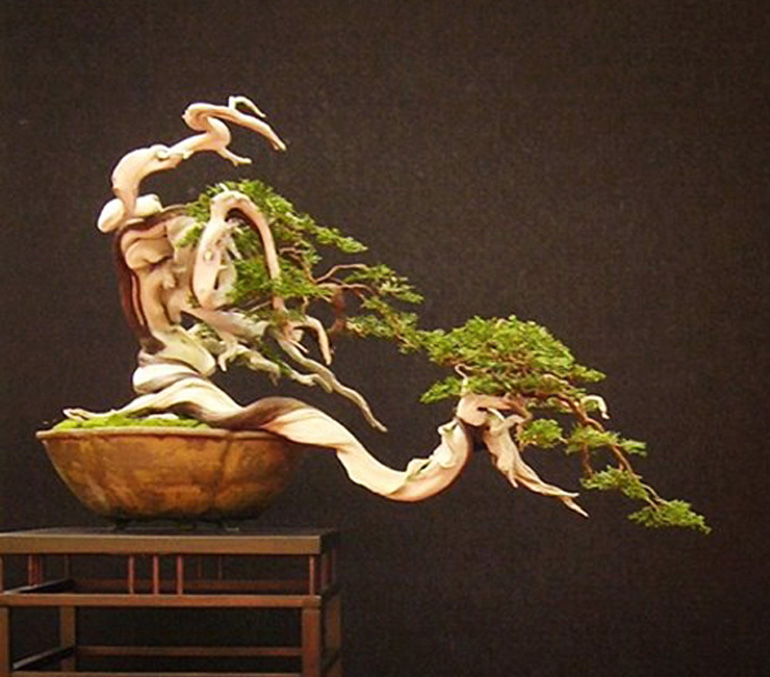
 This Mountain hemlock is one of the reasons I love
This Mountain hemlock is one of the reasons I love 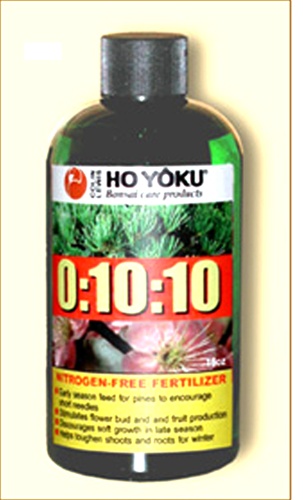

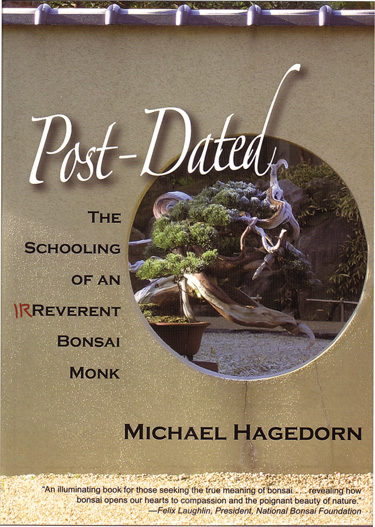

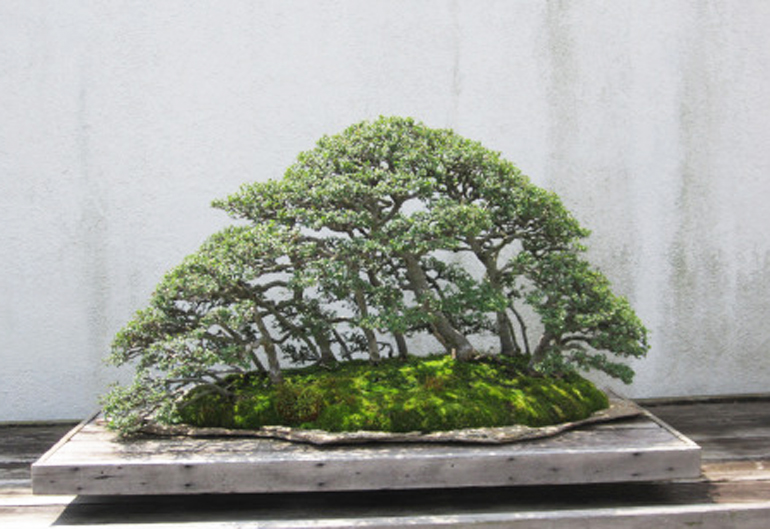
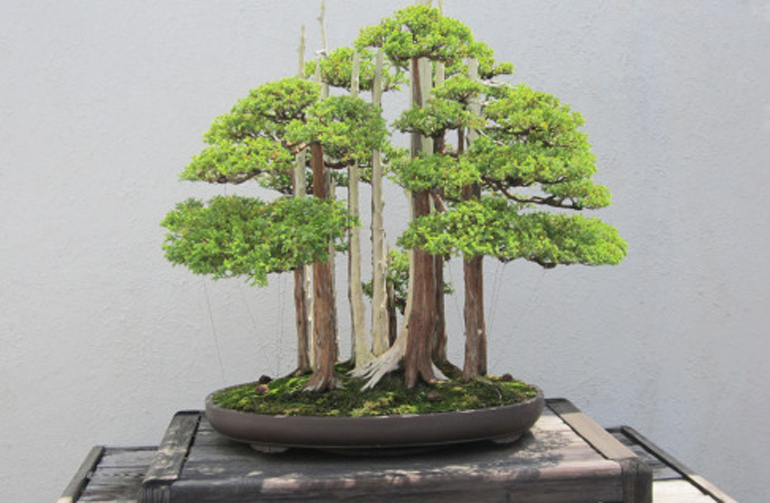


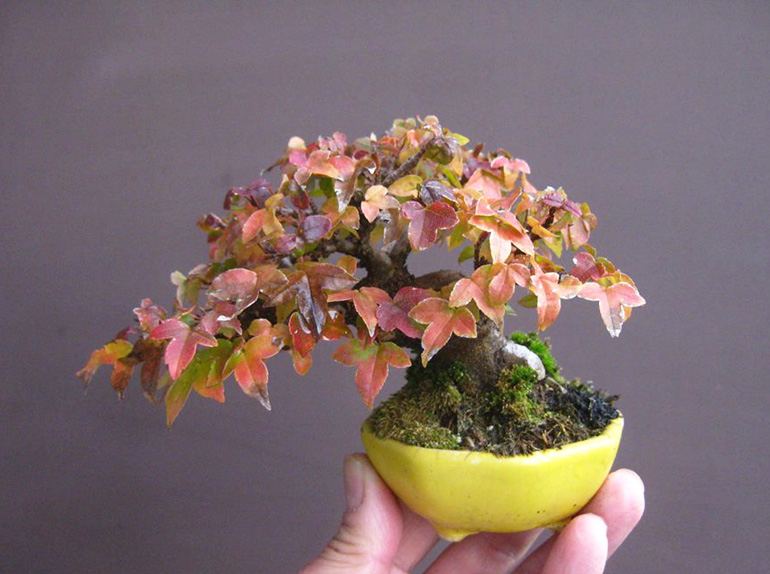 You don’t see that many bright yellow pots. The glaze is expensive and hard to come by and the brilliance of the color can be overwhelming. But in this case the little tree holds its own. In fact, it’s hard to imagine a better choice of pots to set off the the richly hued Trident maple leaves. The photo, like all the rest in this post, is from
You don’t see that many bright yellow pots. The glaze is expensive and hard to come by and the brilliance of the color can be overwhelming. But in this case the little tree holds its own. In fact, it’s hard to imagine a better choice of pots to set off the the richly hued Trident maple leaves. The photo, like all the rest in this post, is from 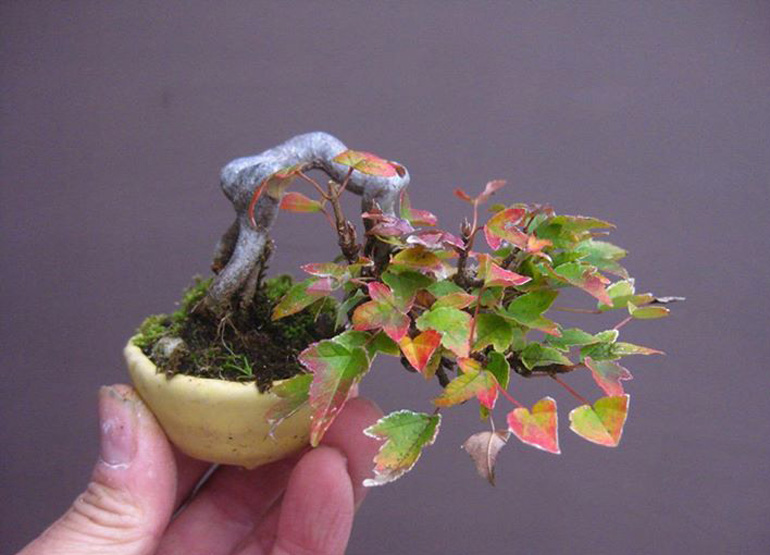

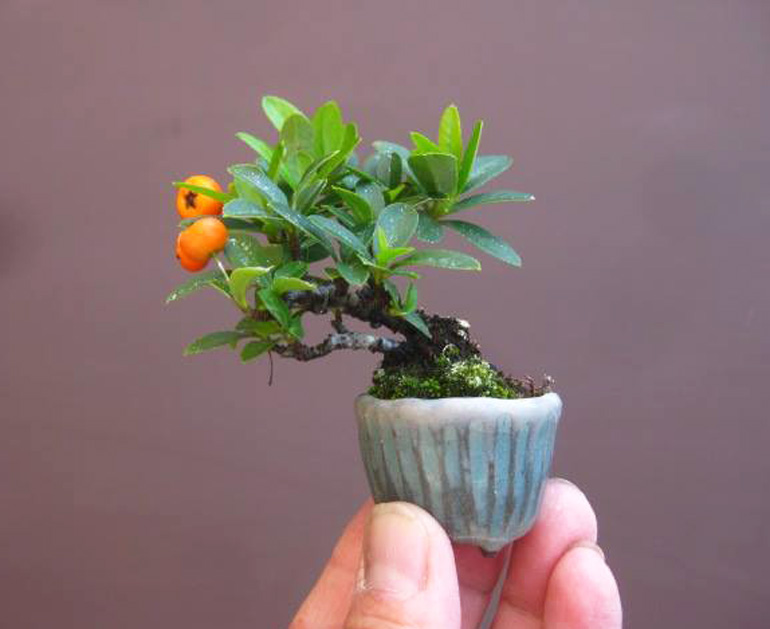
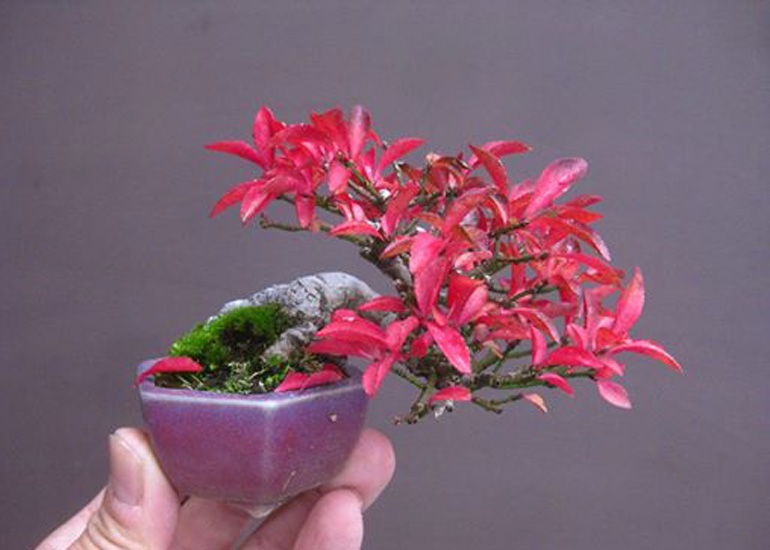

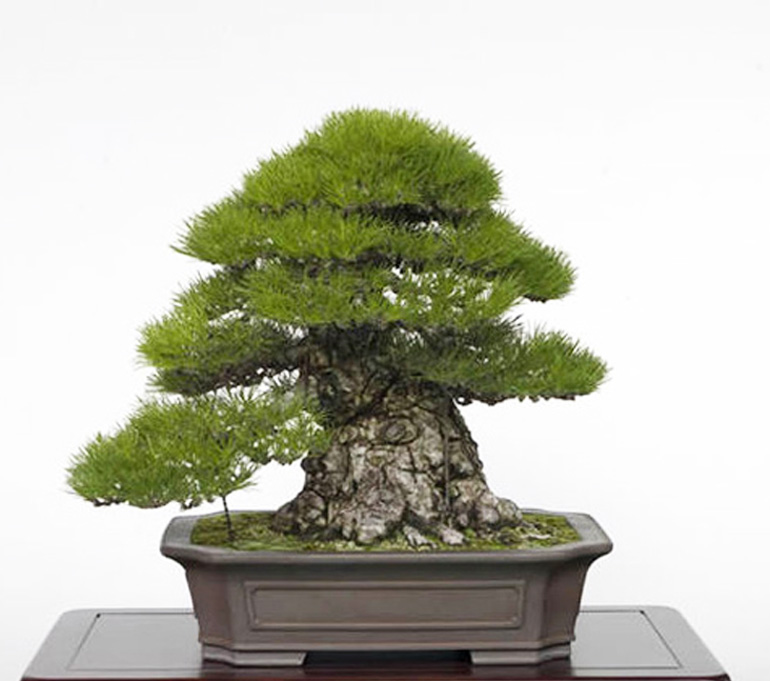
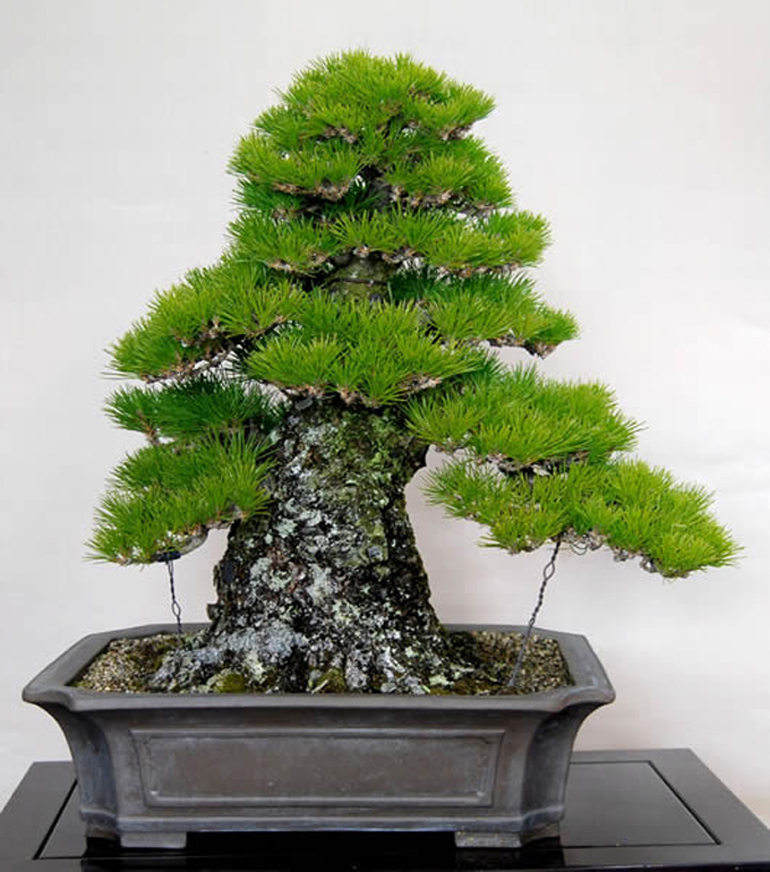 Here’s another black pine from our archives. The branches are still developing but the trunk is undeniably powerful and so heavy that you could imagine it supporting a huge mass of foliage. There’s a lot more that could be said about this great old tree, but I’ll stop at pointing out the luminous color and texture of the trunk (not that you could miss it). The tree is around 50-years-old and was grown from seed. It belongs to Kiyoshi Hiramatsu (great name for someone who grows pines) owner of the
Here’s another black pine from our archives. The branches are still developing but the trunk is undeniably powerful and so heavy that you could imagine it supporting a huge mass of foliage. There’s a lot more that could be said about this great old tree, but I’ll stop at pointing out the luminous color and texture of the trunk (not that you could miss it). The tree is around 50-years-old and was grown from seed. It belongs to Kiyoshi Hiramatsu (great name for someone who grows pines) owner of the 